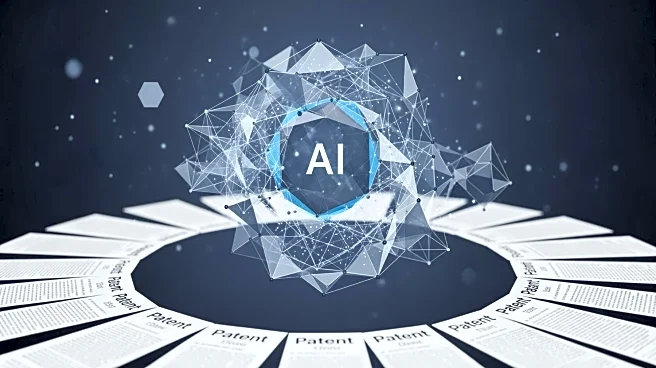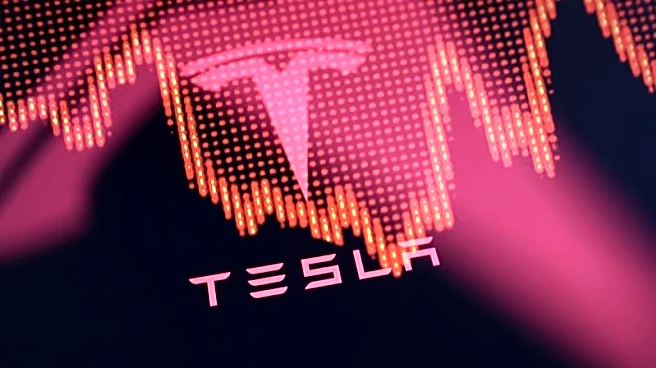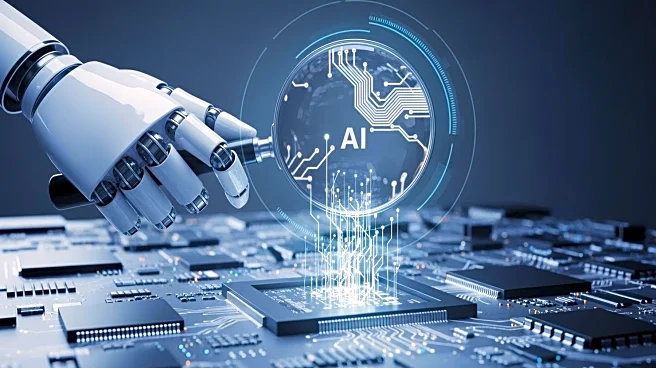What's Happening?
The European Union's Artificial Intelligence Act, a comprehensive legal framework for AI, is set to impact global patent strategies, including those in the U.S. The Act, which introduces a tiered, risk-based
regulatory regime, requires companies to disclose technical details of AI systems, potentially affecting patent filings. U.S. companies must navigate these requirements to maintain patent protection while complying with EU regulations. The Act's provisions, particularly for high-risk AI systems, necessitate detailed documentation that could be considered public disclosure, impacting patent novelty.
Why It's Important?
The EU AI Act's global reach means U.S. companies must adapt their patent strategies to align with new compliance requirements. This development underscores the interconnectedness of global markets and the need for U.S. businesses to consider international regulations in their innovation and IP strategies. The Act's documentation requirements could lead to increased transparency but also pose risks to trade secrets and patent rights. Companies must balance compliance with the need to protect intellectual property, potentially leading to strategic shifts in how AI technologies are developed and patented.
What's Next?
U.S. companies will need to integrate patent counsel into compliance planning and prioritize early patent filings in Europe to safeguard their rights. They may also need to adopt mixed protection models, using patents where disclosure is mandatory and trade secrets where confidentiality can be maintained. As the AI Act's provisions come into effect, businesses will have to audit existing portfolios for EU exposure and adjust their strategies to mitigate risks associated with the new regulatory landscape.
Beyond the Headlines
The AI Act's influence extends beyond compliance, potentially reshaping the innovation landscape by altering how companies approach IP protection. The requirement for transparency and documentation may drive a shift towards more open innovation models, where collaboration and shared knowledge become more prevalent. This could lead to a reevaluation of the balance between competitive advantage and collaborative progress in the AI sector.













